Class 5 Science - Animal Life - CBSE Worksheets - 2
Q1: Fill in the Blanks.
(i) Birds have ________ which helps them fly.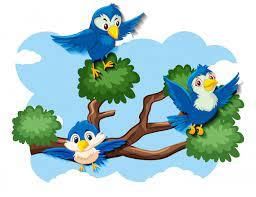
(ii) Fish breathe through their ________.
(iii) The hard outer covering of insects is called ________.
(iv) Reptiles are cold-blooded, which means they cannot ________ their body temperature.
(v) The process of transformation of a caterpillar into a butterfly is called ________.
Q2: Match the Column.

Q3: True & False Questions.
(i) Tigers are herbivores.
(ii) Dolphins are mammals.
(iii) Frogs undergo metamorphosis.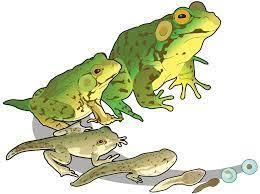
(iv) Spiders have six legs.
(v) Snakes are venomous reptiles.
Q4: Write the Correct Order.
Arrange the following stages in the life cycle of a frog in the correct order.
(a) Adult Frog
(b) Tadpole
(c) Froglet
(d) Frogspawn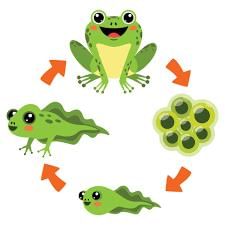
Q5: Name Which Animal Is This?
Read the following clues and name the animal.
(a) I am the largest land animal.
(b) I have a long trunk and tusks.
(c) People ride on my back in some countries.
Q. Who am I?
Q6: Multiple Choice Questions (MCQs).
(i) Which of the following animals hibernates during winter?
(a) Crocodile
(b) Bear
(c) Eagle
(d) Kangaroo
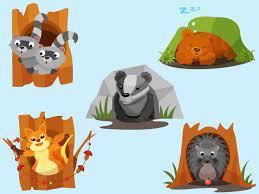
(ii) Which of the following animals is not a mammal?
(a) Whale
(b) Bat
(c) Ostrich
(d) Gorilla
(iii) How do butterflies taste their food?
(a) With their antennae
(b) With their feet
(c) With their wings
(d) With their mouthpart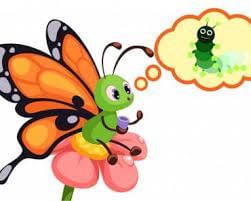
(iv) What is the gestation period of an elephant?
(a) 4 months
(b) 9 months
(c) 12 months
(d) 22 months
(v) Which of the following animals is known for its ability to change color?
(a) Chameleon
(b) Panda
(c) Koala
(d) Sloth
Q7: Answer the following Questions.
How do the following animals move?
(a) Turtles
(b) Penguins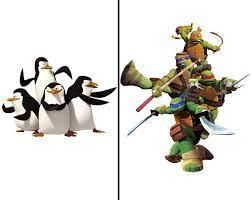
The solutions of the worksheet "Animal Life - 2"
|
43 videos|371 docs|45 tests
|
FAQs on Class 5 Science - Animal Life - CBSE Worksheets - 2
| 1. What are the main characteristics of mammals? |  |
| 2. How do birds adapt to their environment? |  |
| 3. What is the difference between herbivores, carnivores, and omnivores? |  |
| 4. Why are amphibians considered indicators of environmental health? |  |
| 5. What role do insects play in the ecosystem? |  |

















